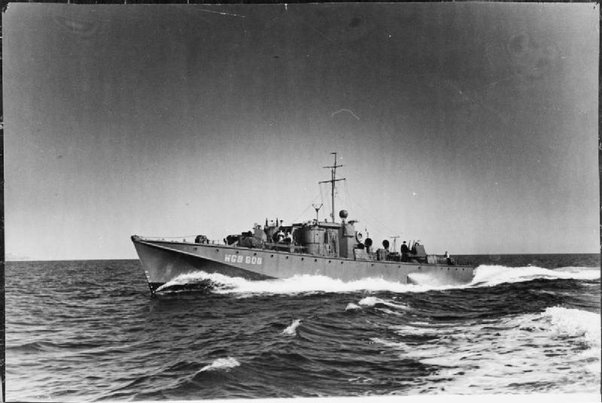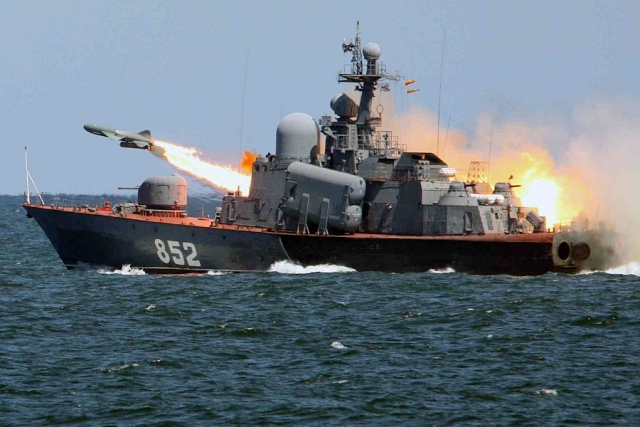
A Dramatic End to a Distinguished Veteran
A Dramatic End to a Distinguished Veteran
On the morning of February 18, 1944, the Germans achieved their last major success in the battles in the Mediterranean with the Royal Navy, when the submarine U 35 sank HMS Penelope 410 nautical miles from Naples with an effective torpedo attack. This was an irreparable loss for the Royal Navy, as the wreck was an outstanding formation, previously known for its participation in numerous campaigns, mainly in the Mediterranean. The crew of the Penelope had previously had numerous successes in risky operations and battles with the enemy. The British ship was well known to Polish sailors also because some destroyers and submarines of the WWII took part with it in some combat operations or in the direct defense of Malta.
Ship birth
The history of this outstanding British ship began at the Harland & Wolff shipyard in Belfast (Northern Ireland), when the keel was laid on May 30, 1934 for its construction. The Penelope's hull was launched on October 15, 1935, and she entered service on November 13. , 1936. Operating with Royal Navy Fleet Commands, had tactical number 97.
The light cruiser HMS Penelope was the third Arethusa-class warship to be built. A slightly larger number of these units (at least 5) was planned, but this was abandoned in favor of the stronger and larger Southampton-class cruisers, which would later be developed as the British "answer" to the heavily armed Japanese built (with 15 guns just over six inches) Mogami-class cruisers. The result was only 4 smaller but definitely successful British cruisers (named Arethusa, Galatea, Penelope and Aurora).
The Aretuza-class light cruisers built in 1932 (much smaller than the already built Leander-class light cruisers with a displacement of about 7000 tons and heavy armament in the form of 8 152-mm guns) were to be used for a number of important tasks in the future. They were intended to replace the obsolete W and D type C and D light cruisers of the First World War. The latter had a displacement of 4000-5000 tons. Once they were built as "destroyers-destroyers", although this task was greatly hampered by insufficient speed, much less than 30 knots. much more maneuverable than the larger Royal Cruisers. The fleet in the actions of large groups of the fleet had to deal with enemy destroyers, and at the same time lead its own groups of destroyers during combat clashes. They were also better suited for reconnaissance missions as cruisers, which were much smaller and thus harder to spot by enemy ships.
New units can be useful in other ways as well. The British expected that in the event of a war with the Third Reich in the future, the Germans would again use masked auxiliary cruisers in the fight on the oceans. The Arethus-class ships were considered exceptionally suited to counter enemy auxiliary cruisers, blockade breakers, and supply ships. While the main armament of these British units, 6 152 mm guns, seemed not much more powerful than that of the German auxiliary cruisers (and they were usually armed with the same number of six-inch guns), the heaviest guns on cloaked ships were usually located so that on one side, only 4 cannons could fire, and this could give the British an advantage in a possible collision with them. But the commanders of the British cruisers had to remember to settle such a battle if possible and preferably with their seaplane, correcting the fire from the air. British cruiser operations in the Atlantic in this capacity could also expose them to U-boat attacks, although such a danger has always existed in planned operations in the Mediterranean, where they were most often intended for use in Royal Navy combat operations. commands.
The displacement of the cruiser "Penelope" is standard 5270 tons, total 6715 tons, dimensions 154,33 x 15,56 x 5,1 m. The displacement is 20-150 tons less than planned by the projects. This was used to reinforce the ships' air defenses and replace the originally planned four single anti-aircraft guns. caliber 200 mm for double. This should have been of great importance in the further actions of ships of this type in the Mediterranean during the war, since in the most difficult period of the war (especially in 102-1941) there were fierce battles with strong German and Italian aviators. The smaller dimensions of the Arethusa-type units meant that they received only one seaplane, and the installed catapult was 1942 m long and two meters shorter than on the larger Leanders. Compared to them, the Penelope (and the other three twins) also had only one turret with two 14-mm guns in the stern, while their "big brothers" had two. At a distance (and at an acute angle to the bow), the two-ton silhouette of the cruiser resembled the Leander / Perth type units, although the Penelope's hull was shorter than them by almost 152 m.
The main armament of the cruiser consisted of six 6-mm Mk XXIII guns (in three twin Mk XXI turrets). The maximum range of the projectiles of these guns was 152 23 m, the elevation angle of the barrel was 300 °, the mass of the projectile was 60 kg, and the ammunition capacity was 50,8 rounds per gun. Within a minute, the ship could fire 200-6 volleys from these guns.
In addition, 8 universal 102-mm anti-aircraft guns Mk XVI were installed in the unit (in 4 installations Mk XIX). Initially, anti-aircraft weapons were supplemented by 8 anti-aircraft guns. caliber 12,7 mm Vickers (2xIV). They were on the cruiser until 1941, when they were replaced by more modern anti-aircraft guns. The 20mm Oerlikon will be discussed later.
The ship had two separate fire control posts; for the main and anti-aircraft artillery.
The installation was equipped with 6 533 mm PR Mk IV torpedo tubes for Mk IX (2xIII) torpedoes.
The only reconnaissance vehicle Penelope was equipped with was a Fairey Seafox floatplane (on the 14m catapult mentioned above). The seaplane was later abandoned in 1940.
to enhance the AA ship.

